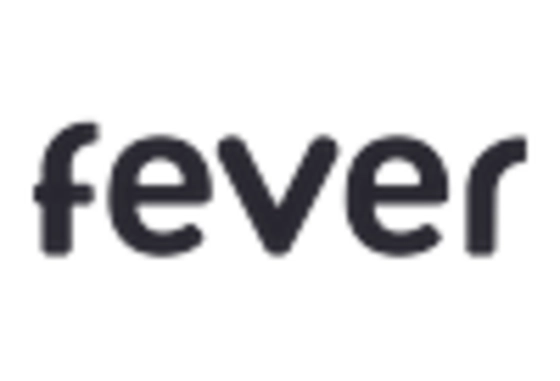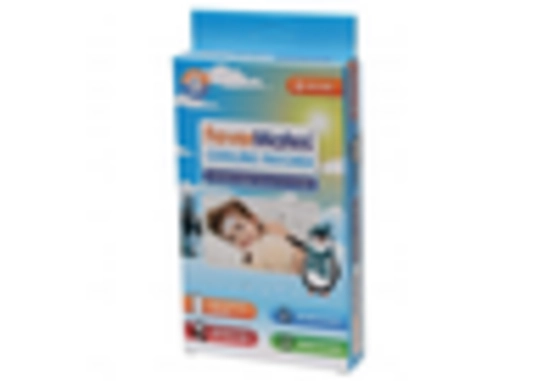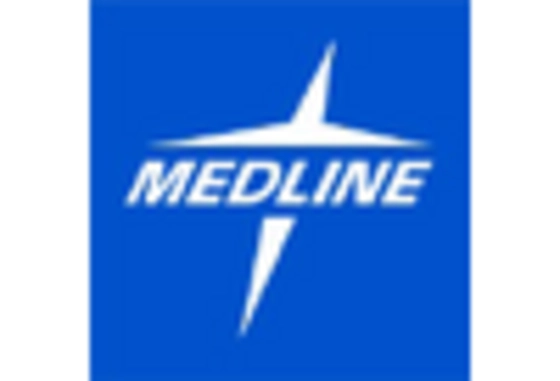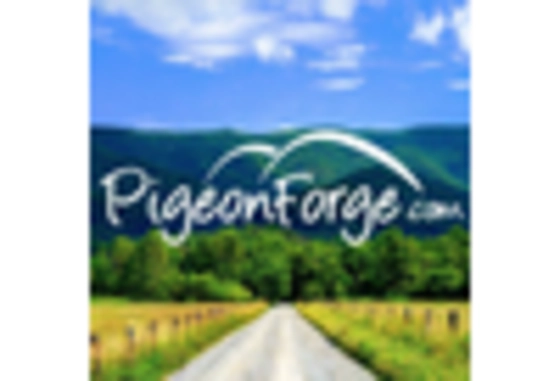Increasing Parental Awareness
The Infant Fever Sticker Market is experiencing a notable surge due to increasing parental awareness regarding infant health. Parents are becoming more informed about the importance of monitoring their child's temperature, especially during illness. This heightened awareness is leading to a greater demand for innovative products that provide real-time temperature readings. As a result, the market is projected to grow at a compound annual growth rate of approximately 8% over the next five years. Parents are actively seeking reliable solutions that can help them manage their child's fever effectively, thus driving the growth of the Infant Fever Sticker Market.
Rising Demand for Non-Invasive Solutions
The Infant Fever Sticker Market is witnessing a shift towards non-invasive health monitoring solutions. Parents are increasingly favoring products that do not require invasive procedures, such as rectal thermometers, which can be uncomfortable for infants. The convenience and ease of use associated with fever stickers are appealing to caregivers, leading to a rise in their adoption. Market data indicates that non-invasive monitoring solutions are expected to capture a significant share of the market, with fever stickers projected to account for over 30% of the total sales in the coming years. This trend reflects a broader movement towards user-friendly health management tools in the Infant Fever Sticker Market.
Technological Innovations in Product Design
The Infant Fever Sticker Market is benefiting from technological innovations that enhance product design and functionality. Recent advancements in materials and temperature-sensing technology have led to the development of more accurate and responsive fever stickers. These innovations not only improve the reliability of temperature readings but also enhance user experience through features such as color-changing indicators. As a result, manufacturers are increasingly investing in research and development to create superior products that meet the evolving needs of parents. This focus on innovation is likely to propel the Infant Fever Sticker Market forward, with new entrants and established players alike striving to capture market share.
Growing Preference for Home Healthcare Products
The Infant Fever Sticker Market is experiencing growth driven by a rising preference for home healthcare products. Parents are increasingly inclined to manage their child's health at home, particularly in the context of minor illnesses. This trend is supported by the convenience and accessibility of home monitoring solutions, which allow parents to keep track of their child's temperature without frequent visits to healthcare facilities. Market analysis suggests that the demand for home healthcare products, including fever stickers, is expected to rise significantly, potentially increasing market penetration by 15% over the next few years. This shift reflects a broader trend towards self-care and proactive health management in the Infant Fever Sticker Market.
Influence of E-commerce on Product Accessibility
The Infant Fever Sticker Market is being positively influenced by the rise of e-commerce platforms, which enhance product accessibility for consumers. Online shopping has become a preferred method for many parents seeking health products for their infants. E-commerce allows for easy comparison of products, customer reviews, and convenient purchasing options, which can lead to increased sales of fever stickers. Data indicates that online sales channels are expected to account for nearly 40% of total market revenue in the coming years. This trend underscores the importance of digital marketing strategies for manufacturers in the Infant Fever Sticker Market, as they seek to reach a broader audience and improve product visibility.


















Leave a Comment